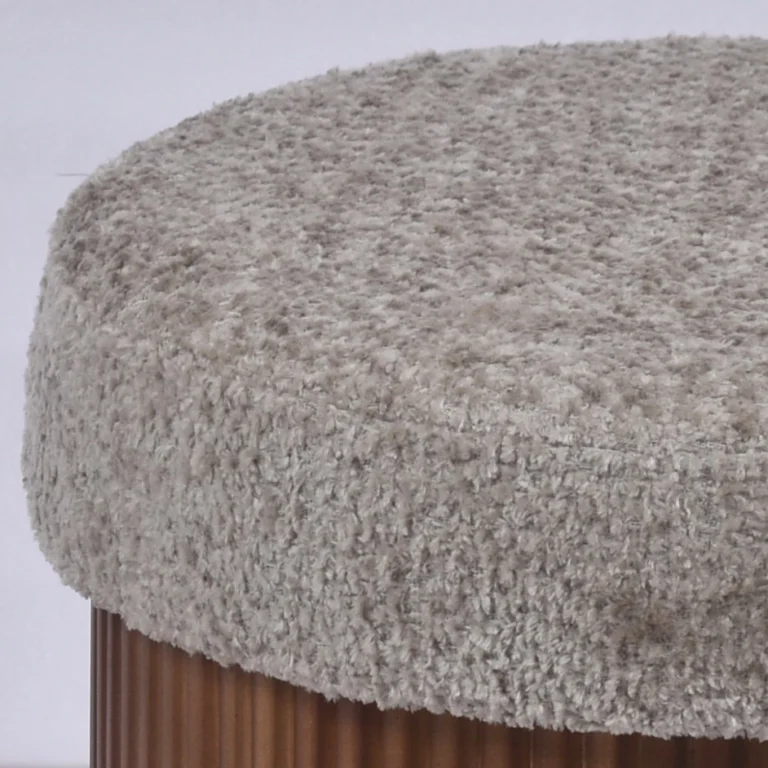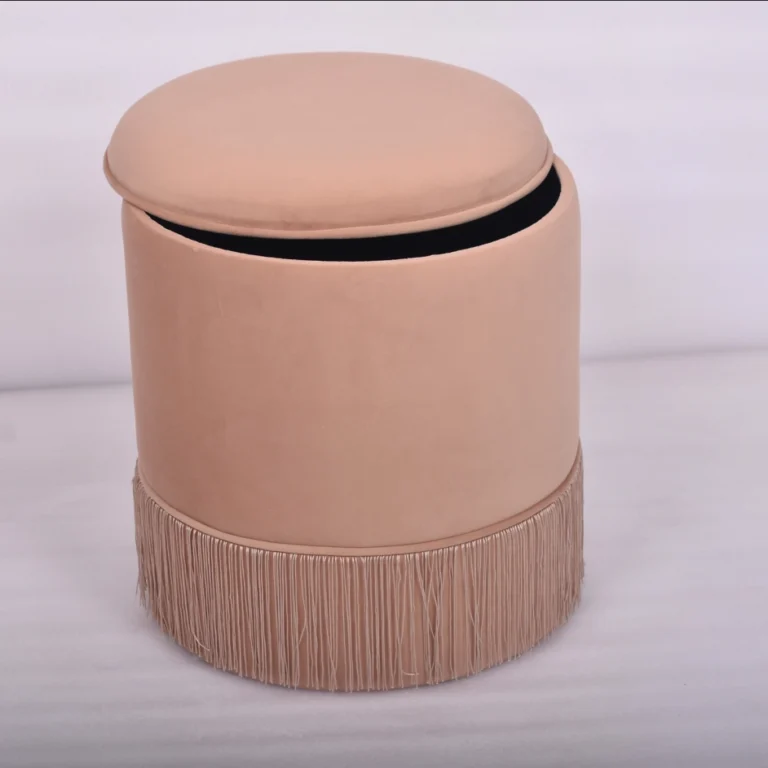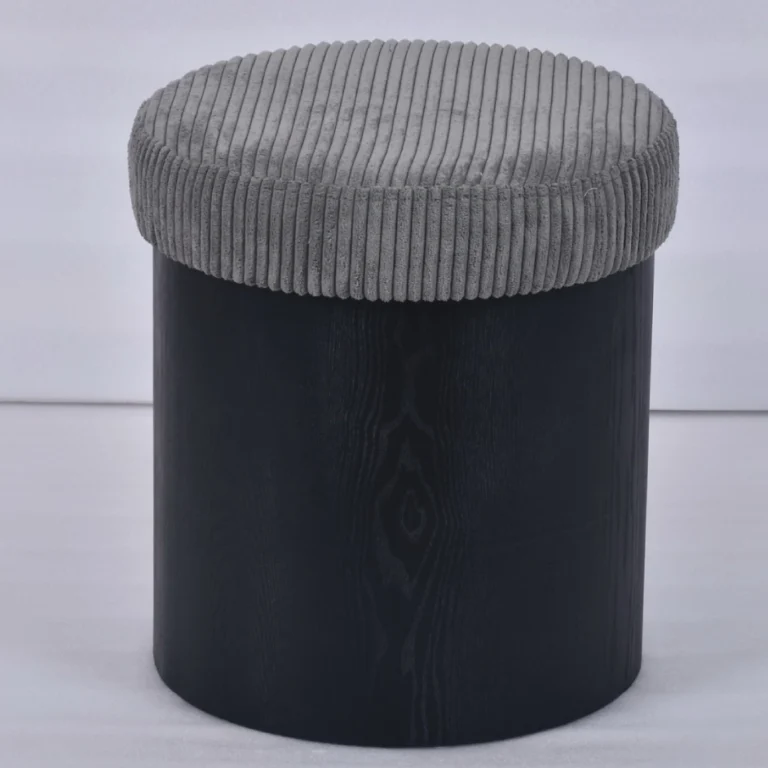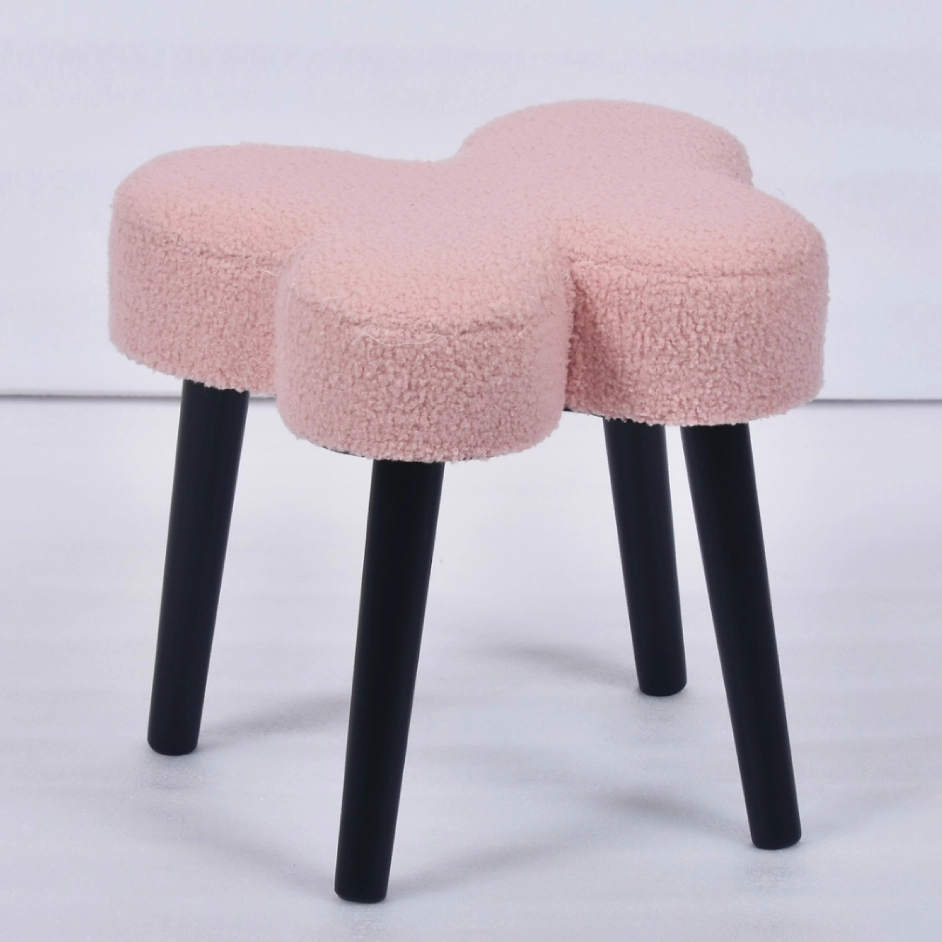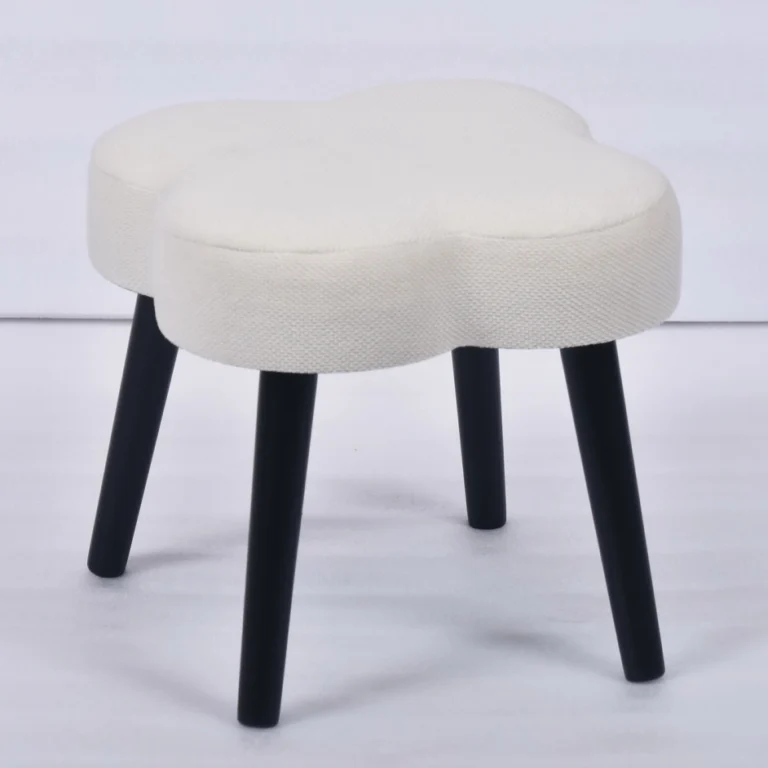Wholesale Sale of Custom Storage Ottomans
The Poetics of Concealed Space: Custom Storage Ottoman Stools Reshaping Modern Living Rituals
Deep in the spice bazaars of Istanbul’s old city, merchants once stored silks and coffee beans in intricately carved wooden chests. Today, a piece of furniture that blends Ottoman wisdom with contemporary aesthetics—the custom storage ottoman stool—is quietly sweeping through Western living rooms and Middle Eastern courtyards. It is both seating and secret repository, deconstructing spatial constraints within its compact form.
Functional Morphology: From Practical Philosophy to Living Art
Spatial Folding Technique
As floor-to-ceiling windows in New York apartments swallow the last rays of sunset, lifting the ottoman’s lid awakens cashmere throws and hardcover books from a teak container measuring 42×26×6.5 cm¹. Brands like Teruier Furniture infuse Ottoman storage DNA into foldable steel frames, allowing living rooms to seamlessly transition between “seating” and “toy storage,” saving 35% of floor space in London lofts.
Contextual Breathing
In a Palm Island villa at dawn prayer time, a velvet-clad cube becomes a modern footnote to One Thousand and One Nights: lifting the non-slip base reveals a Quran case and agarwood beads nestled in Persian-blue custom lining³. Through modular cavity structures, the same stool transforms into a cheese trolley in a Parisian café or a Montessori teaching tower base in a California family room.
The Custom Revolution: A Cross-Cultural Conduit
Material Narratology
A Tel Aviv boutique demands Hebrew lettering gold-foiled onto burlap surfaces, while a Milan gallery owner opts for a fully transparent acrylic shell, allowing Venetian glassware inside to refract rainbows. Teruier Furniture’s open workshop accepts proposals for 147 base materials—from solid teak to recycled PP plastic—even replicating 16th-century Damascene marquetry², turning every grain into a frontier of civilizational dialogue.
Rapid-Response Supply Chain
Chinese factories’ digital prototyping systems generate 3D models within 24 hours, confirming “Desert Sunset Orange” velvet formulas via a cloud-based color library. Thanks to modular pre-production, the first shipment crosses the Suez Canal in 15 days¹—three times faster than traditional furniture delivery.
Cultural Symbiosis: The Contemporary Translation of Old-World Aesthetics
A curator at Istanbul’s Archaeological Museum once remarked, “These hidden-compartment stools recall the mechanical seats in Topkapi Palace’s harem that concealed jewels.”
